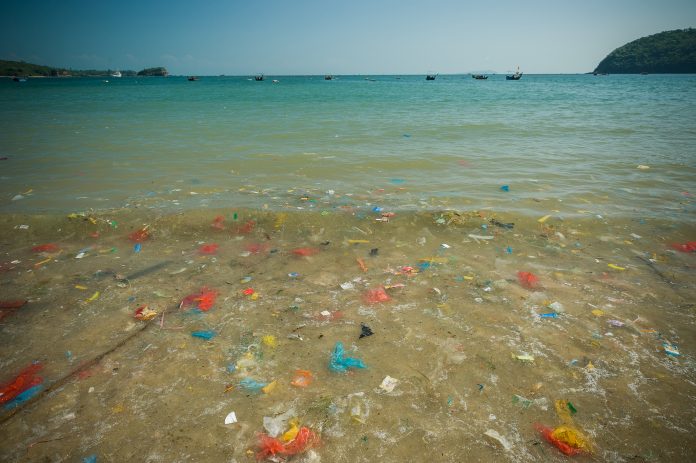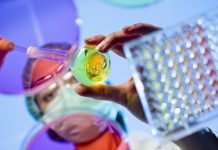Nanoplastics, minuscule particles smaller than the width of a human hair, have been increasingly linked to health risks such as cardiovascular and respiratory diseases in humans
These tiny pollutants pose threats to aquatic ecosystems and can permeate the food chain, impacting both wildlife and humans.
Led by Piyuni Ishtaweera, a recent alumna specialising in nano and materials chemistry, the team at Mizzou has created a new liquid-based solution that effectively eliminates over 98% of nanoplastics from water.
Removing nanoplastics from water
This innovative method used water-repelling solvents derived from natural ingredients. Gary Baker, associate professor in Mizzou’s Department of Chemistry and the study’s corresponding author, explained that the solvents act similarly to oil on water’s surface, efficiently absorbing nanoplastics within their molecular structure.
“Our strategy uses a small amount of designer solvent to absorb plastic particles from a large volume of water” Baker stated. “We will explore methods to recycle the solvents, enabling their reuse multiple times if necessary.”
Unlike previous methods, which often focused on specific nanoplastic sizes, the Mizzou team’s solution has been rigorously tested across five different sizes of polystyrene-based nanoplastics, commonly found in products like Styrofoam cups. The results exceeded expectations, demonstrating its potential for scalability to treat larger bodies of water such as lakes and oceans.
The fight against plastic pollution
Ishtaweera emphasised the sustainability of their method, noting that the solvents are made from non-toxic components and are designed to prevent further contamination of water sources. “These solvents are made from safe, non-toxic components, and their ability to repel water prevents additional contamination of water sources, making them a highly sustainable solution,” she remarked.
Looking ahead, the team plans to expand their research to determine the maximum capacity of the solvents and explore methods for solvent recycling to enhance cost-effectiveness and sustainability.
The implications of this research are profound, offering a ray of hope in the global fight against plastic pollution. With nanoplastics becoming an increasingly pervasive threat to ecosystems and human health, the development of practical and efficient removal solutions is crucial.
As Ishtaweera continues her work at the U.S. Food and Drug Administration in St. Louis, the legacy of Mizzou’s research persists, driving forward advancements in environmental science and paving the way for a cleaner, healthier future.











